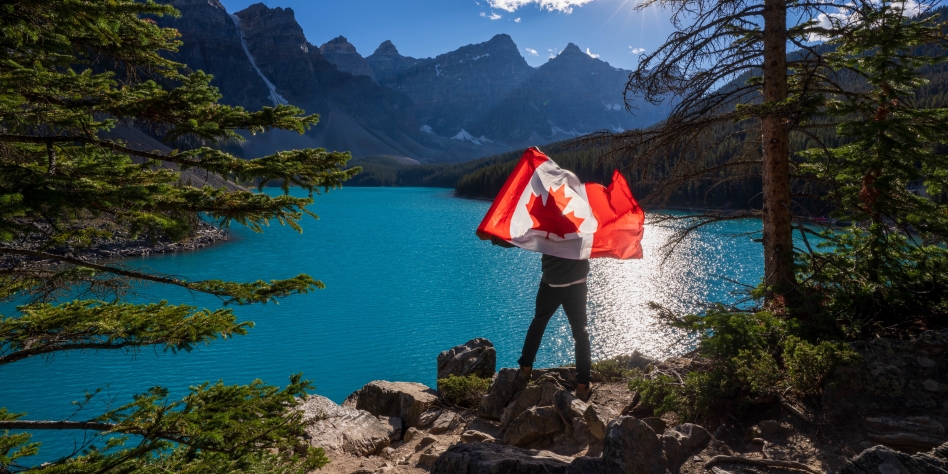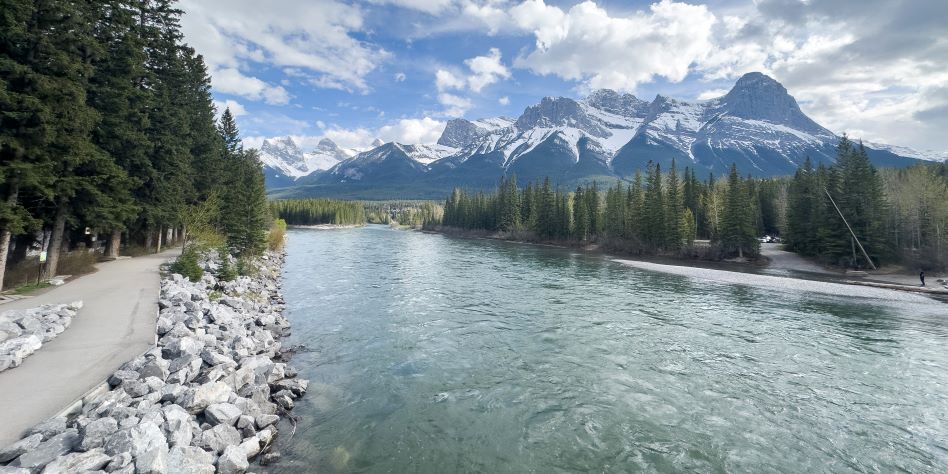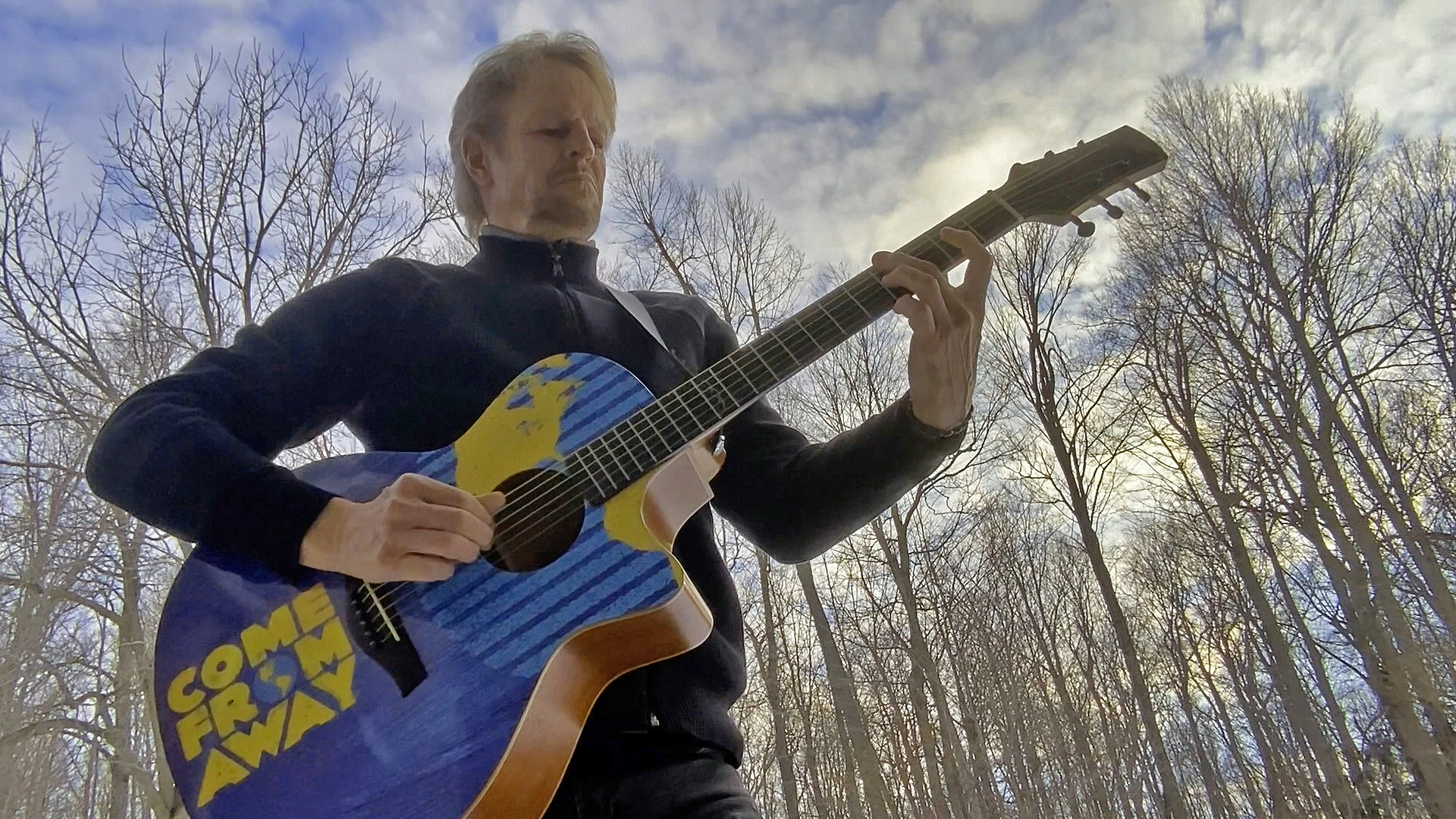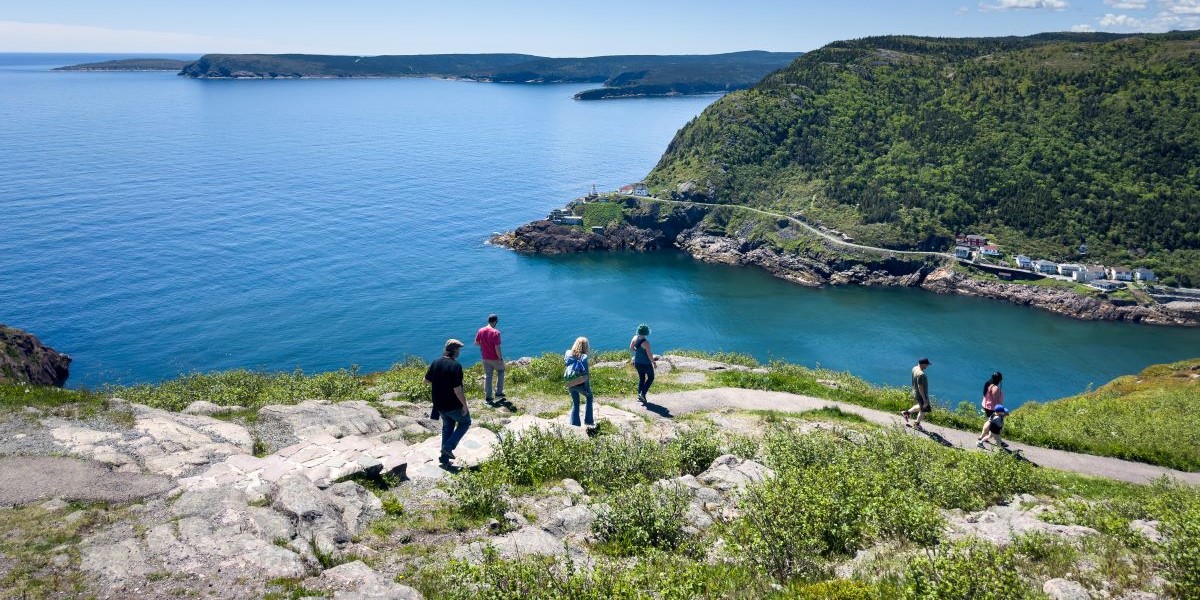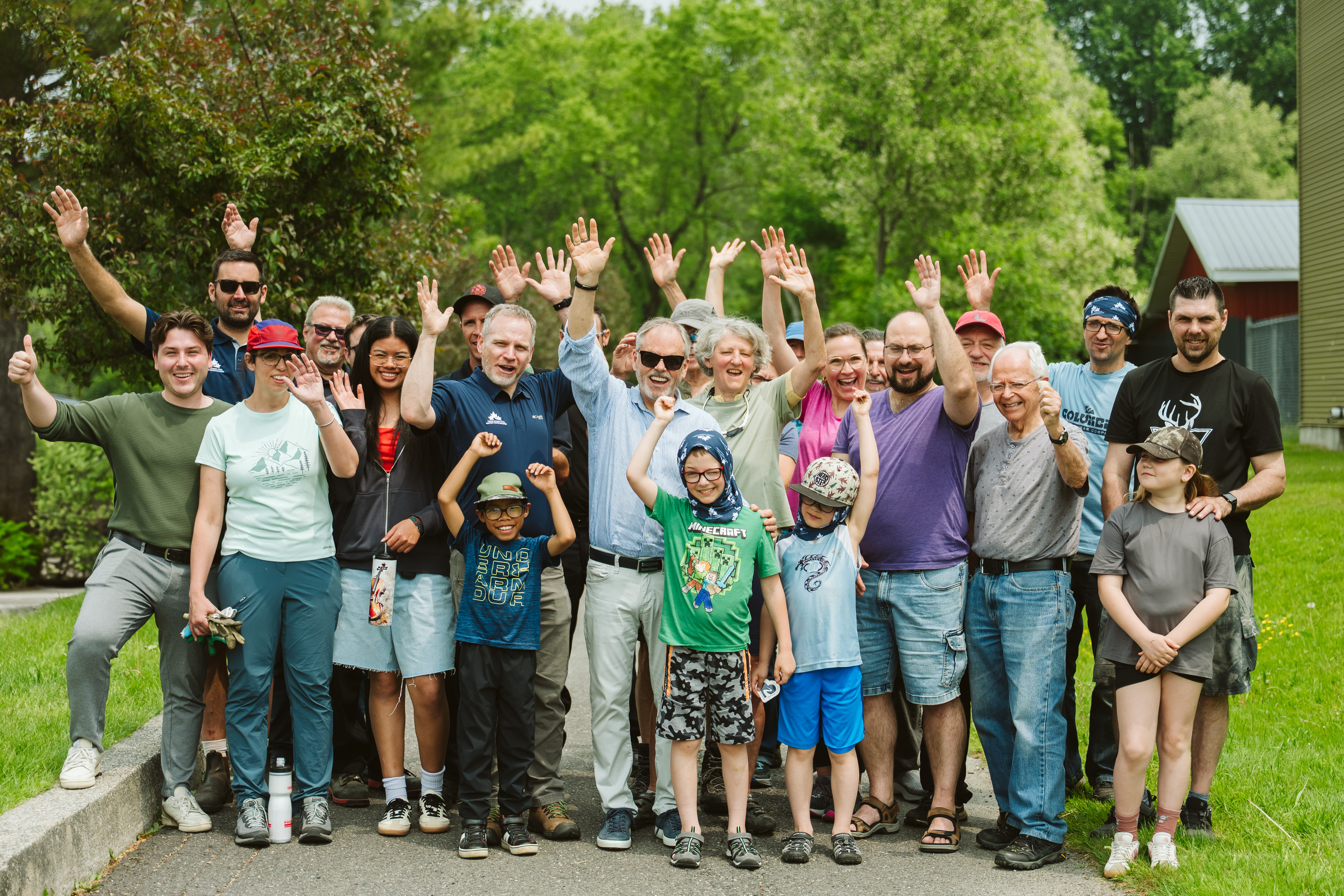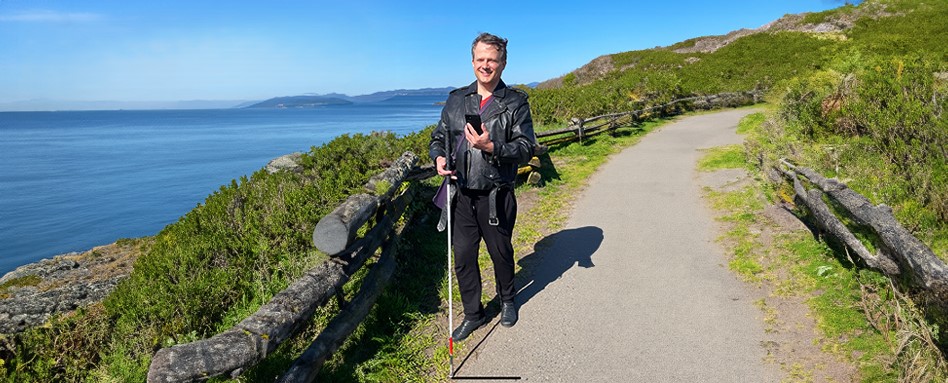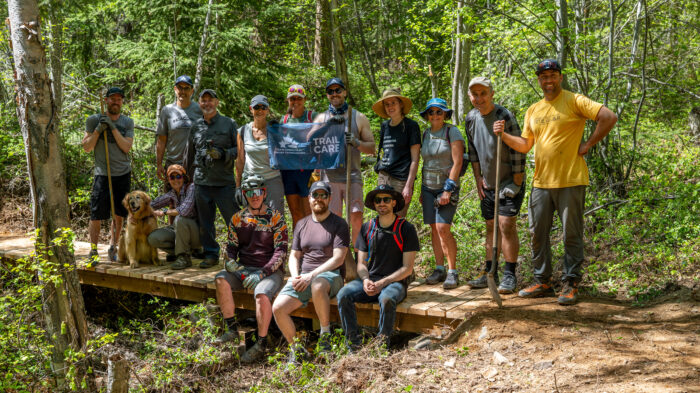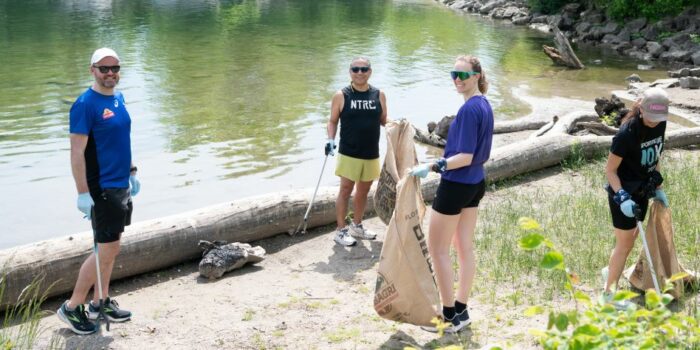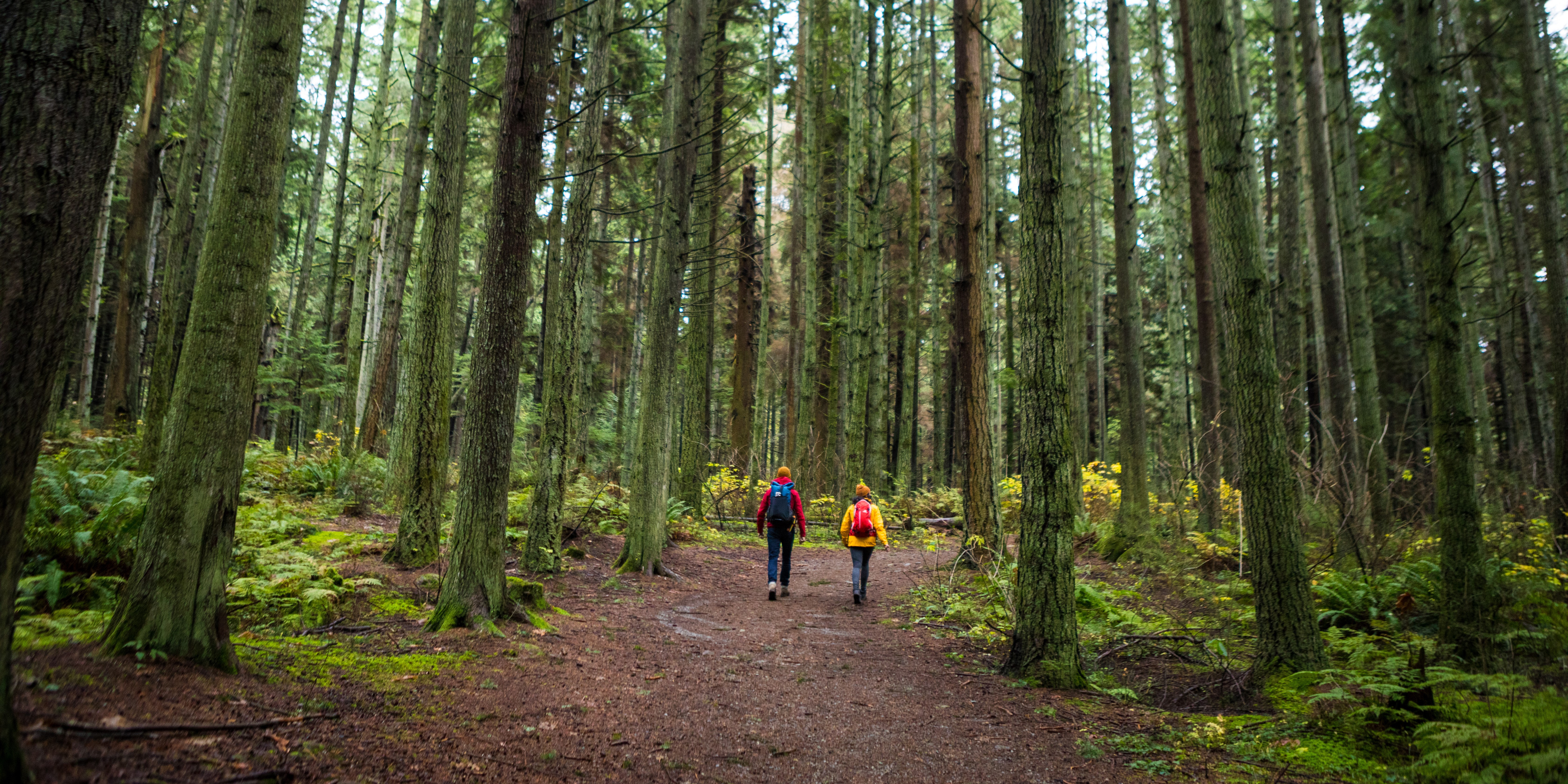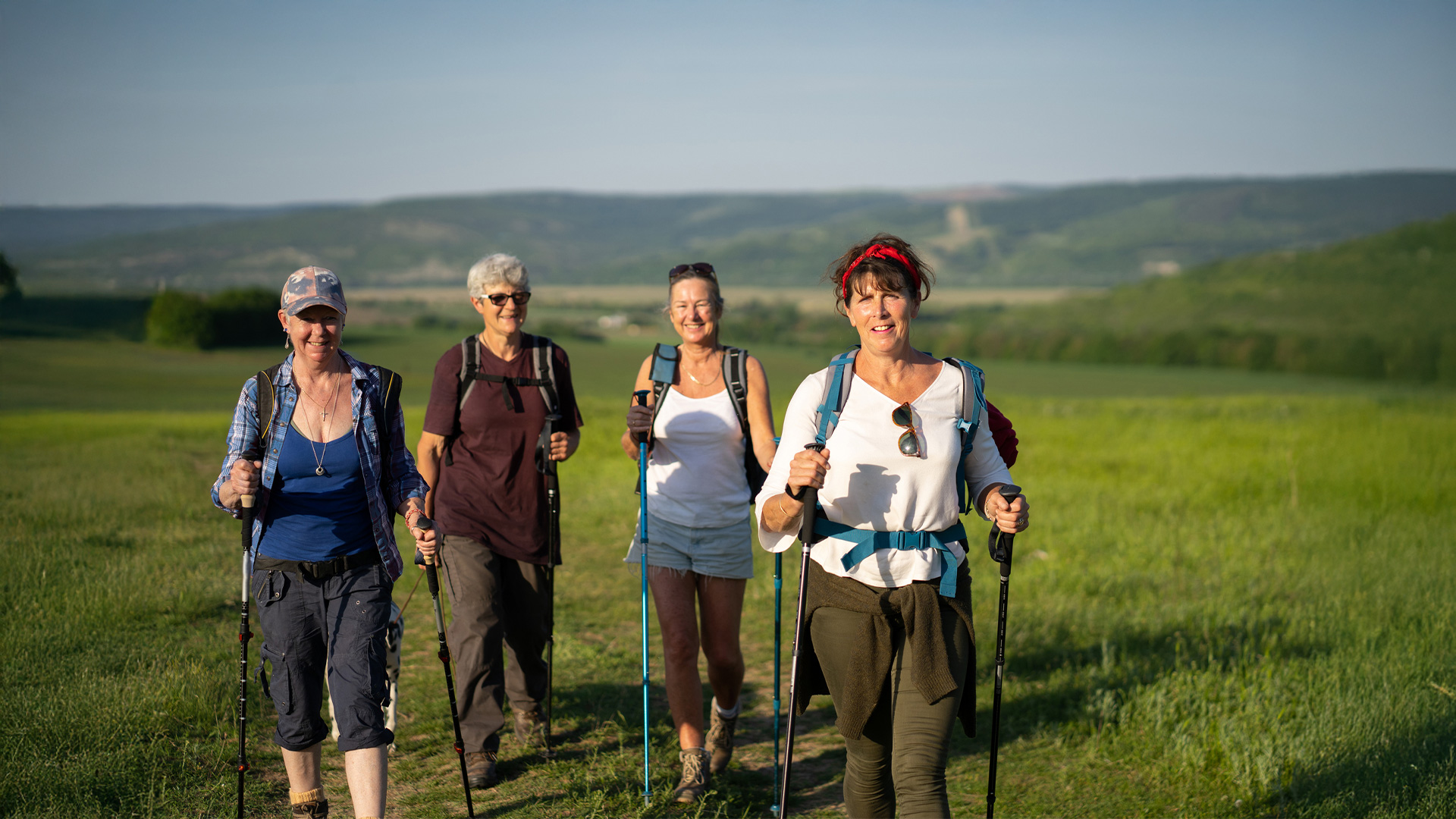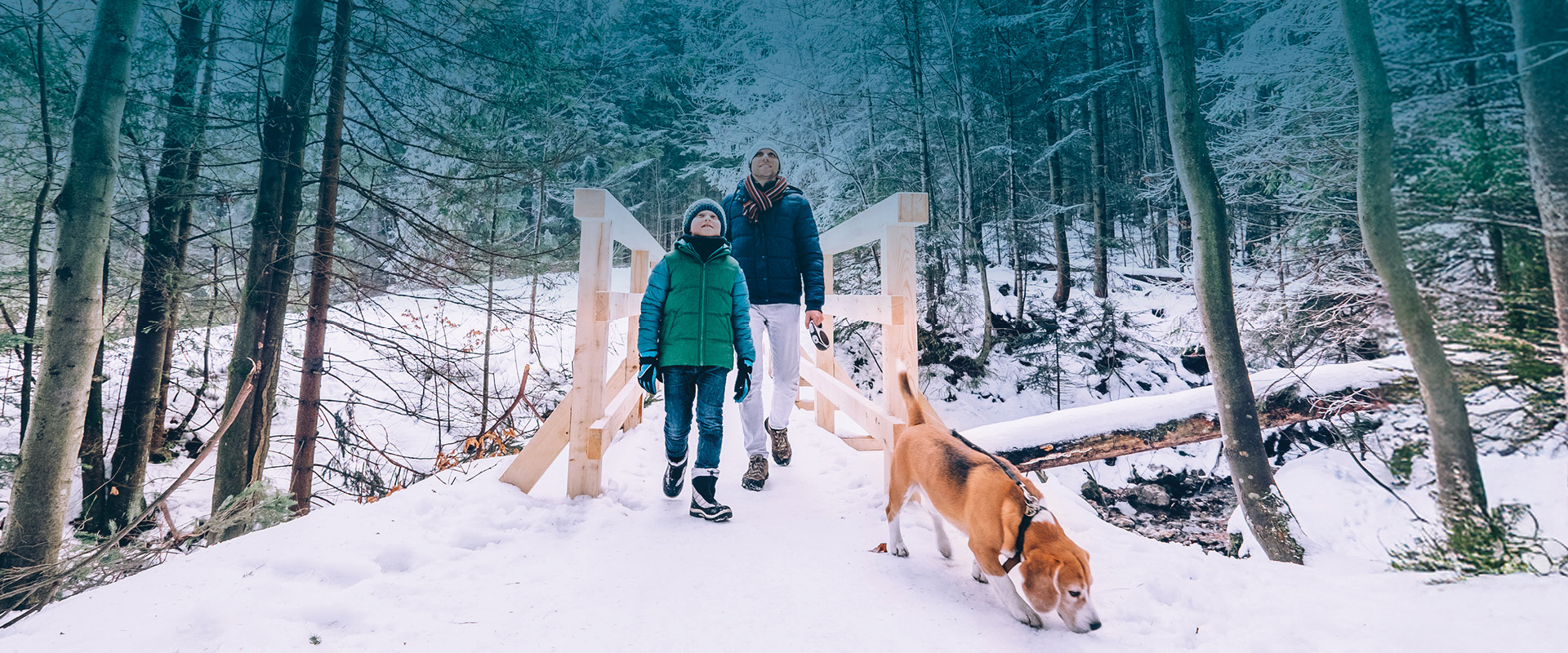Taking the Roadway Less Travelled
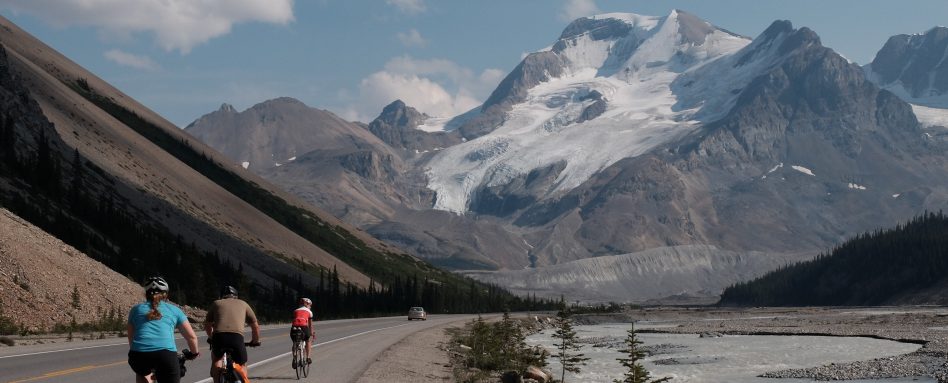
Text by Miles MacDonald
All cyclists would agree that off-road, rural and wilderness bicycle paths and trails are a beautiful thing. No cars, no car exhaust, no uptight drivers, few intersections or stop signs. Often the trails lead into scenic areas surrounded by nature, something that roads do not necessarily offer. Especially for beginner recreational cyclists, bicycle paths and trails present a wonderful opportunity to start exploring.
RELATED: TCT Staff Picks for Top Roadway Sections of The Great Trail
Now that we’ve established how much we love cycling paths and trails, let’s talk about the benefits of cycling on the road. Most of us start off cycling on the road in an urban setting, commuting to work or school, riding with friends, doing errands, etc. Some of us go for weekend warrior-type rides with bicycle clubs, and others travel long distances on the road as a touring cyclist.
To the touring cyclist, roads are a means to cover the greatest distances. Not that a good trail is avoided when available, but it is impossible to cycle across a country only on trails, let alone across a continent or the world. Roads typically offer a smoother riding surface versus trails, and they often offer a more direct route. They are easier to navigate as there are maps and GPS data, and they are closer to amenities such as shops, cafes, campsites and hotels. You can also cycle faster on roads than on a trail, as roads are designed for higher speeds.
One of the highlights of cycling on the road, whether it is in your hometown or any town, village or city on the other side of the world, is that you are immersed in the local culture. For better or worse, you see the essence of the places through which you are travelling. You could be in a “cookie-cutter” type neighborhood in the suburbs, or on the most densely populated streets of a city centre, or on a tiny road passing by endless farmland. Roads can also be amazing engineering feats in their own right. Incredible switchback roads through the mountains, isolated roads through difficult terrain connecting remote communities, or small single lane roads weaving between villages avoiding main arterial roads.
So if you’re planning a long distance ride, spend some time researching the best roads and trails that exist along the way. You’ll want to find secondary roads that still lead you on a fairly direct route to where you’re headed. You’ll also want to read up on bicycle road safety. You can also take a look at The Great Trail, as it exemplifies the ideal combination of trails and roads in order to travel across a country.
So many opportunities for adventure await on The Great Trail of Canada, on greenways, waterways and roadways!


